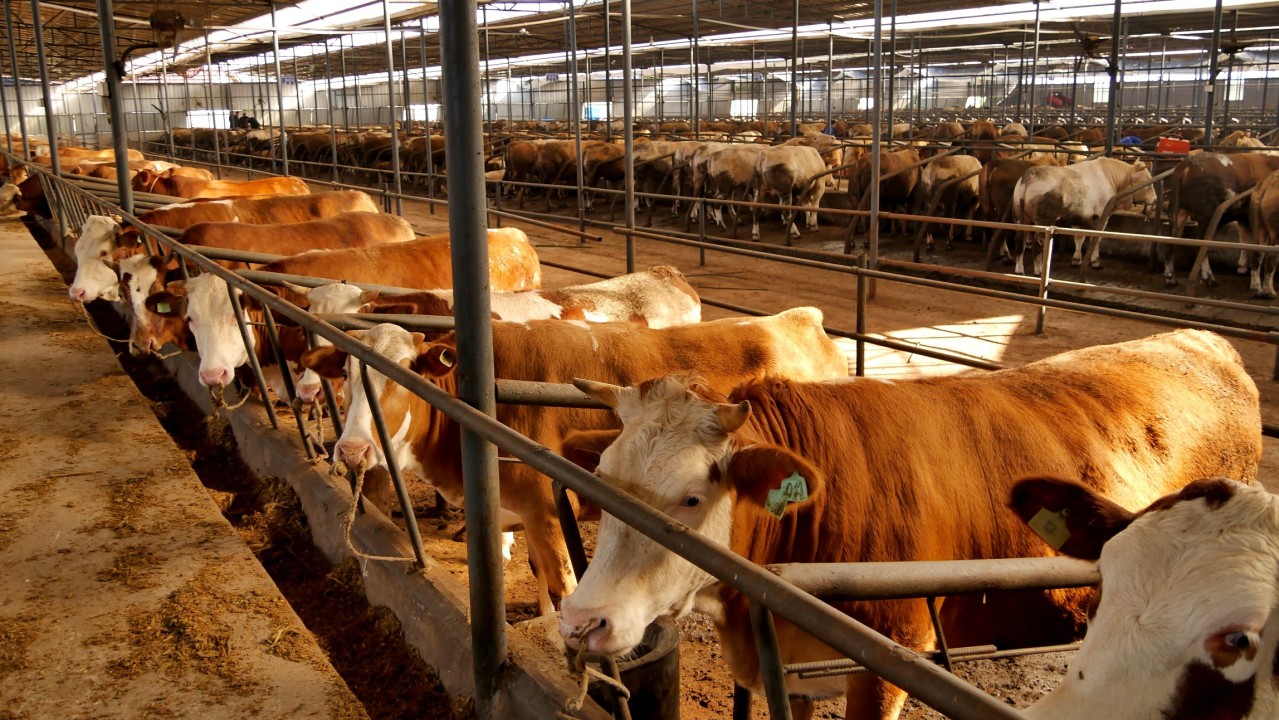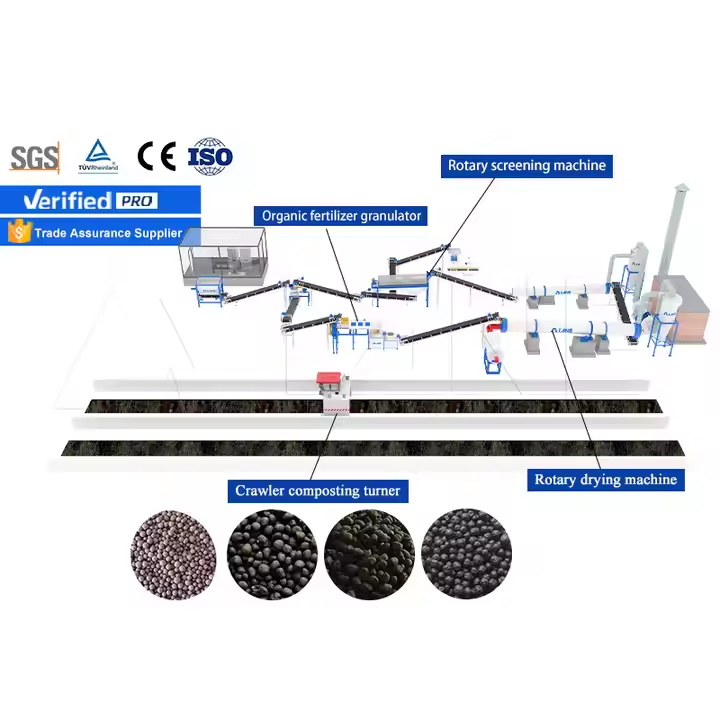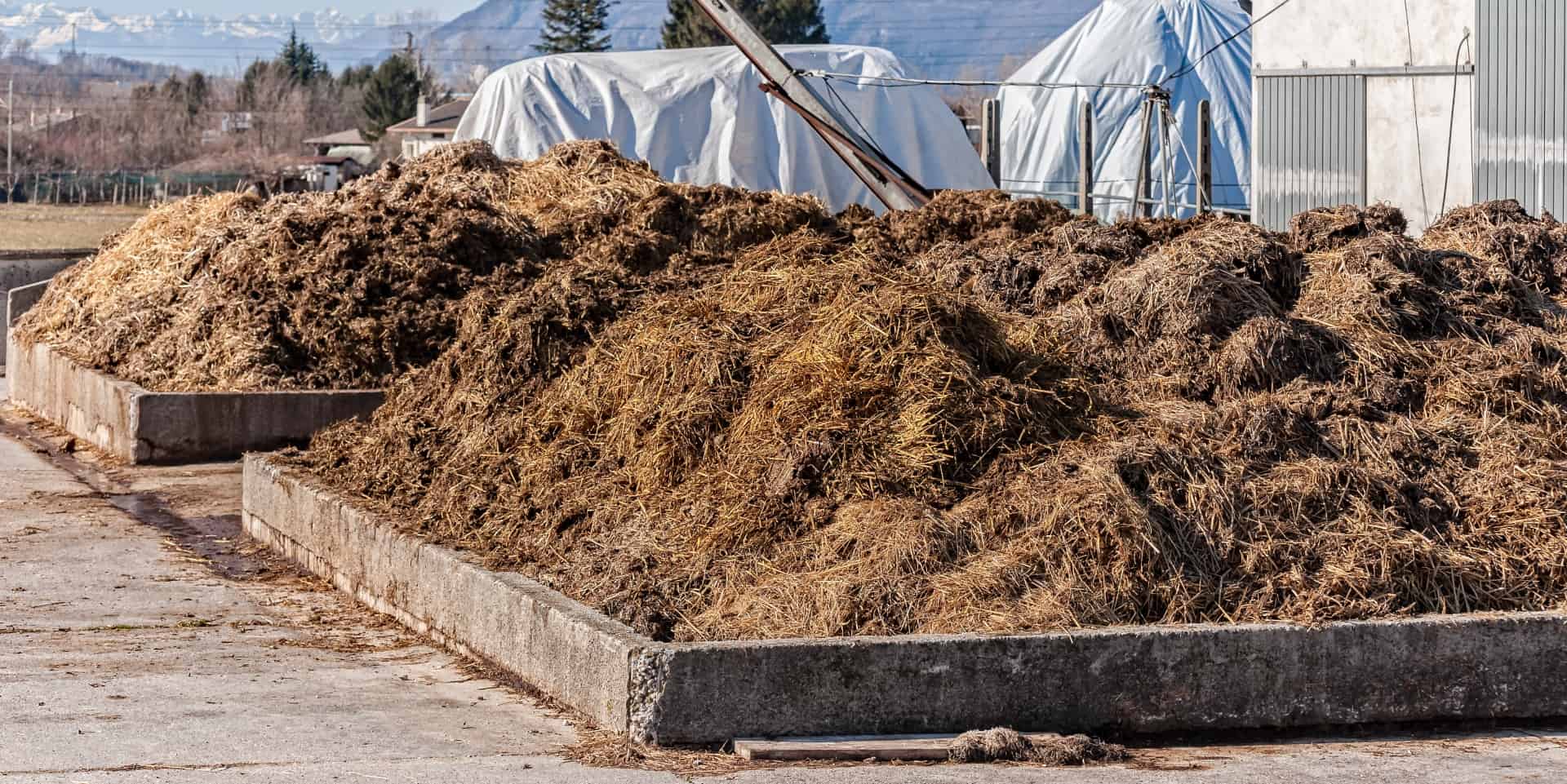A cattle dung fertilizer manufacturing plant provides an efficient and eco-friendly solution for converting livestock waste into valuable organic fertilizer. With the growing demand for sustainable agriculture, establishing a cattle dung fertilizer manufacturing plant allows farmers and agribusinesses to recycle waste, improve soil health, and generate additional revenue.

1.Why Invest in a Cattle Dung Fertilizer Manufacturing Plant?
Cattle dung is rich in organic matter, nitrogen, phosphorus, and potassium—essential nutrients for plant growth. Instead of letting it go to waste, a cattle dung fertilizer manufacturing plant processes it into high-quality organic fertilizer with several advantages:
Waste Management – Reduces pollution from untreated manure
Cost-Effective Fertilizer – Lowers dependence on chemical alternatives
Soil Health Improvement – Enhances water retention and microbial activity
Additional Revenue – Sells organic fertilizer to farms, nurseries, and landscapers
2.Key Steps in Cattle Dung Fertilizer Production
A well-designed cattle dung fertilizer manufacturing plant follows a systematic process to ensure high-quality output:
(1) Raw Material Collection and Pre-Treatment
The production process begins with the systematic collection of fresh cattle dung from livestock farms. To ensure optimal composting conditions, the raw manure undergoes pre-treatment procedures including:
Moisture adjustment to achieve 50-60% water content
Carbon balance enhancement by adding straw, sawdust or rice husks
Particle size reduction using specialized shredders
Initial mixing to create homogeneous composting material
(2) Aerobic Composting and Fermentation
The core decomposition process occurs in the composting and fermentation stage, where:
Windrow formation creates optimal piles for microbial activity
Regular turning (every 3-4 days) maintains oxygen levels
Temperature monitoring ensures pathogen elimination
Microbial inoculation accelerates breakdown when needed
(3) Granulation Process
For commercial-grade fertilizer production, the granulation stage transforms compost into marketable products through:
Wet granulation for organic fertilizer pellets
Dry extrusion for powder compaction
Size calibration to meet different market requirements
Surface polishing for improved product appearance
(4) Drying and Cooling Treatment
The post-granulation processing ensures product stability via:
Rotary drying to reduce moisture below 15%
Counter-flow cooling prevents thermal shock
Moisture equilibrium achievement
Dust removal for cleaner final product
(5) Quality Screening and Packaging
The final product refinement stage includes:
Multi-layer screening for precise size separation
Metal detection for impurity removal
Automated weighing for accurate packaging
Bag sealing in various retail/wholesale sizes
Each of these interconnected production stages requires precise control to transform cattle dung into premium organic fertilizer. Modern plants incorporate automated monitoring systems to maintain consistent quality throughout the entire manufacturing process, from raw material intake to finished product storage. The careful execution of each step ensures the final fertilizer meets both agricultural efficacy standards and commercial market requirements.
By optimizing these key production stages, operators can achieve maximum nutrient preservation while maintaining cost-effective processing speeds, making cattle dung fertilizer manufacturing both environmentally sustainable and economically viable.

3.Essential Equipment for a Cattle Dung Fertilizer Manufacturing Plant
To maximize efficiency, a cattle dung fertilizer manufacturing plant requires:
🔹 Compost Turner – For aerobic decomposition (crawler or wheel type)
🔹 Crusher/Mixer – Prepares raw materials
🔹 Granulation Machine – Produces uniform fertilizer pellets
🔹 Rotary Dryer & Cooler – Ensures product stability
🔹 Screening & Packaging Line – For market-ready products

In conclusion, establishing a cattle dung fertilizer manufacturing plant presents a win-win solution that transforms agricultural waste into valuable organic fertilizer while addressing critical environmental concerns. By implementing proper composting techniques and modern processing equipment, farmers and entrepreneurs can produce high-quality organic fertilizers that enhance soil health, boost crop yields, and meet the growing demand for sustainable agricultural inputs. This eco-friendly business model not only creates new revenue streams from waste materials but also contributes to circular economy practices in agriculture. With advancing technology making fertilizer production more efficient and cost-effective, now is the ideal time to invest in a cattle dung fertilizer plant and become part of the global movement toward sustainable farming solutions.
For more details, please feel free to contact us.
Henan Lane Heavy Industry Machinery Technology Co., Ltd.
Email: sales@lanesvc.com
Contact number: +86 13526470520
Whatsapp: +86 13526470520